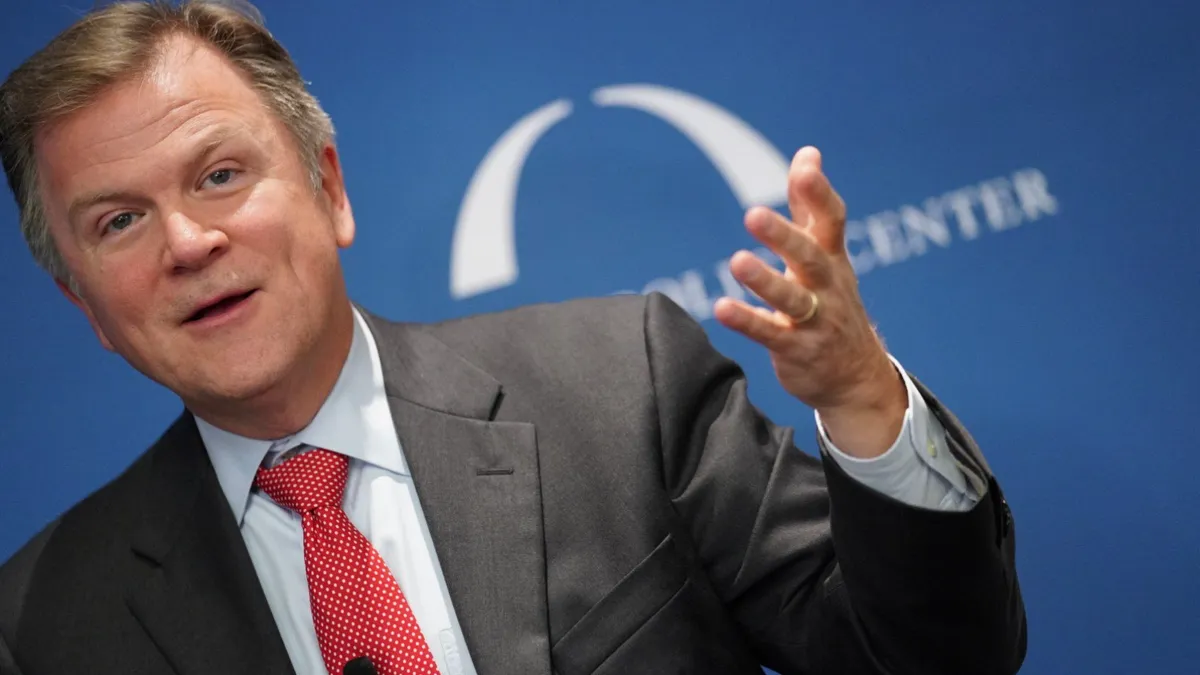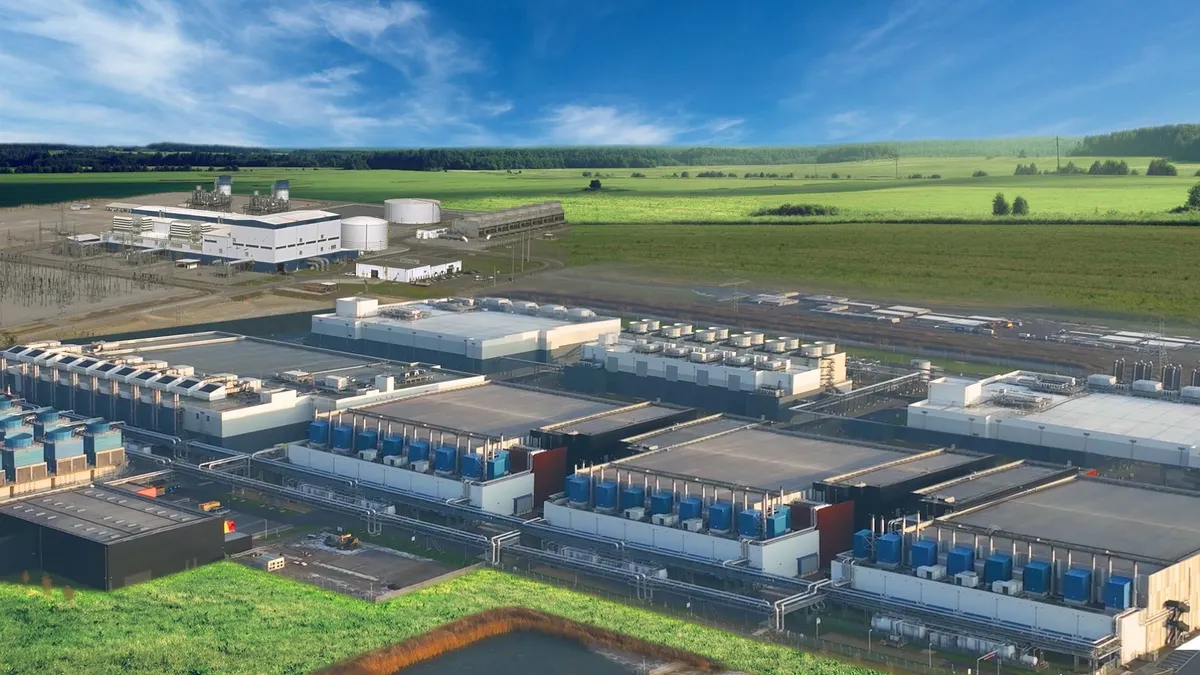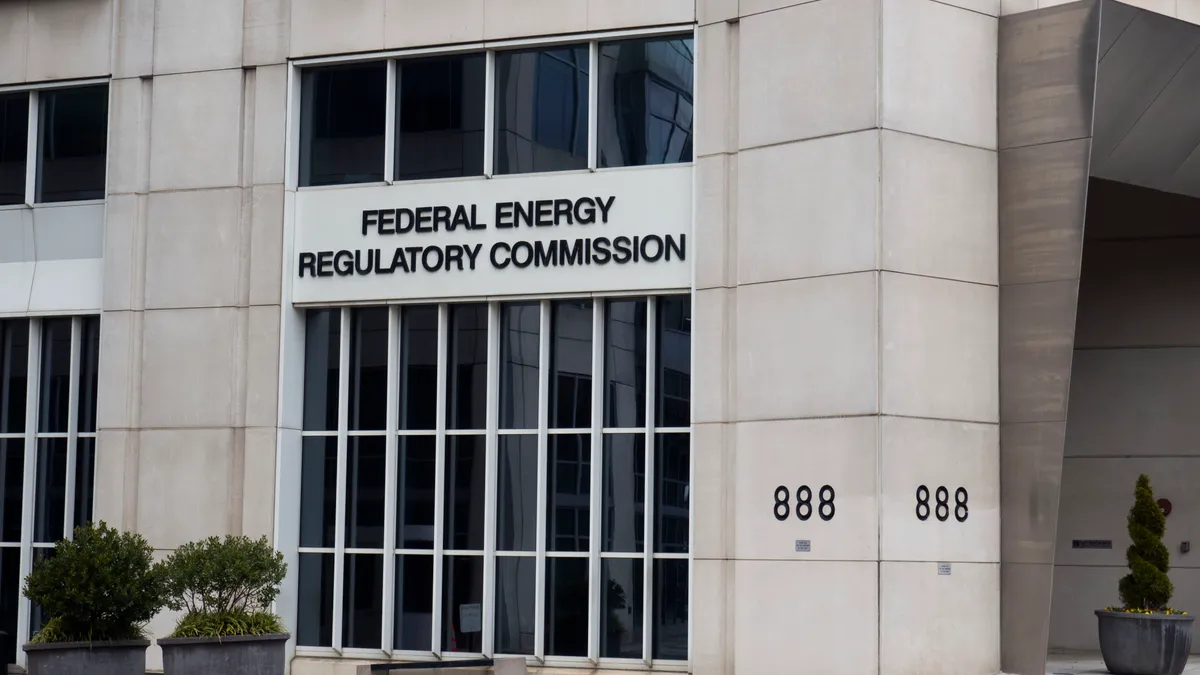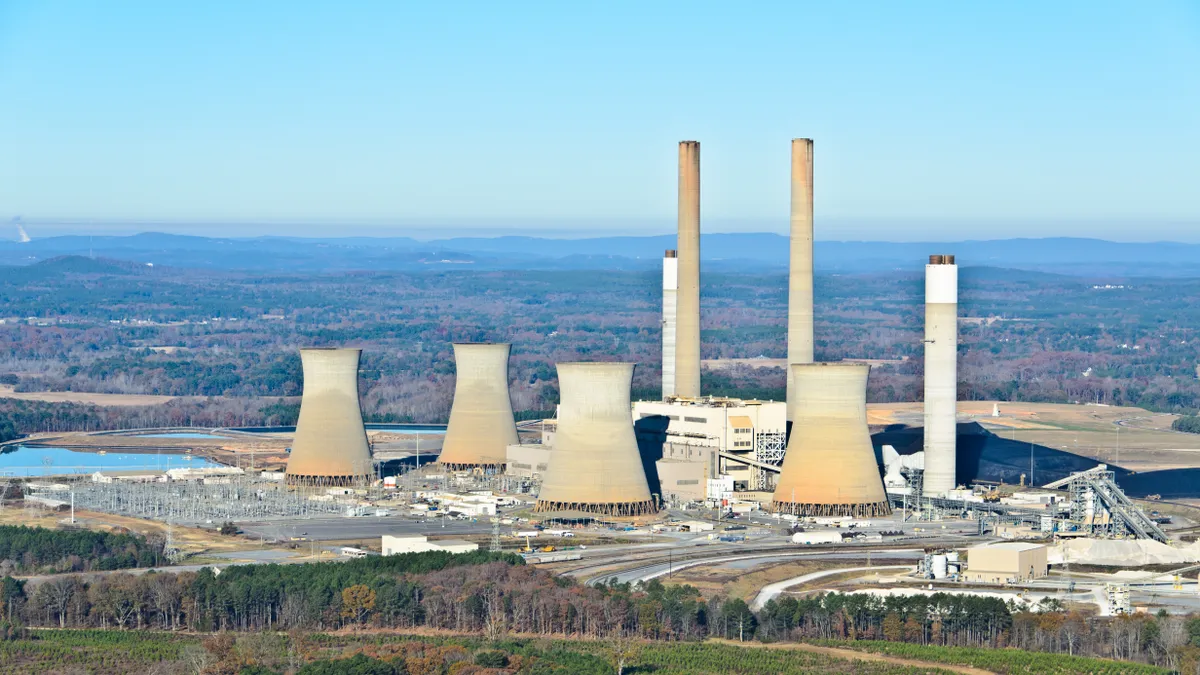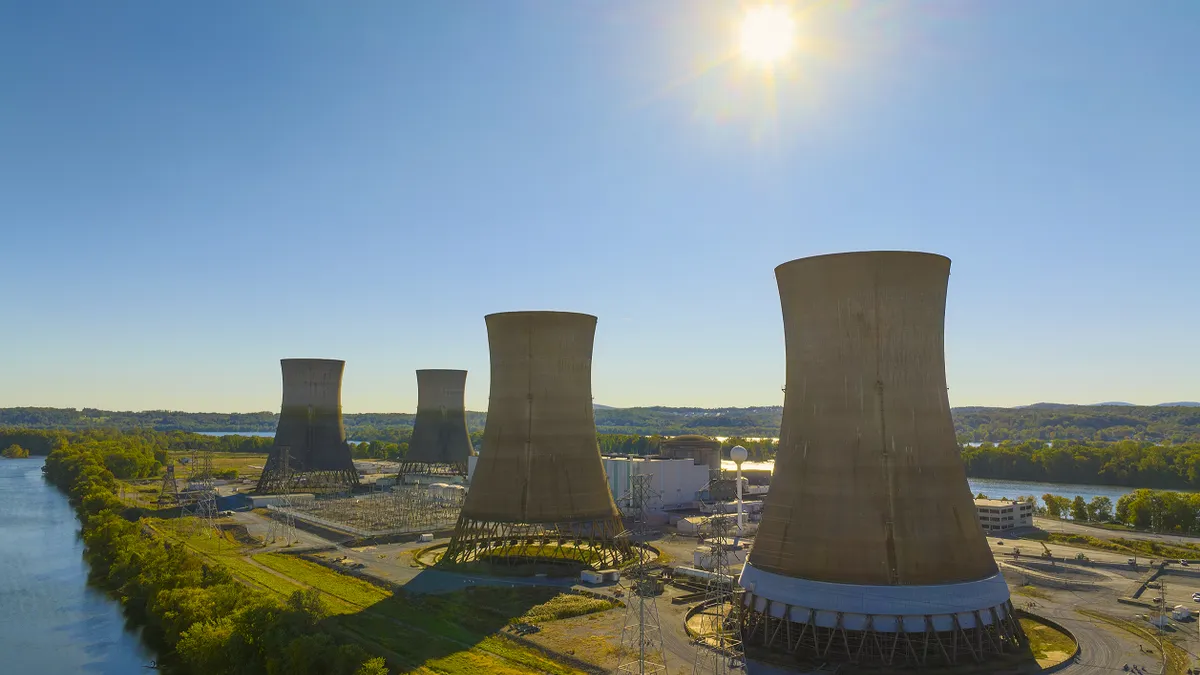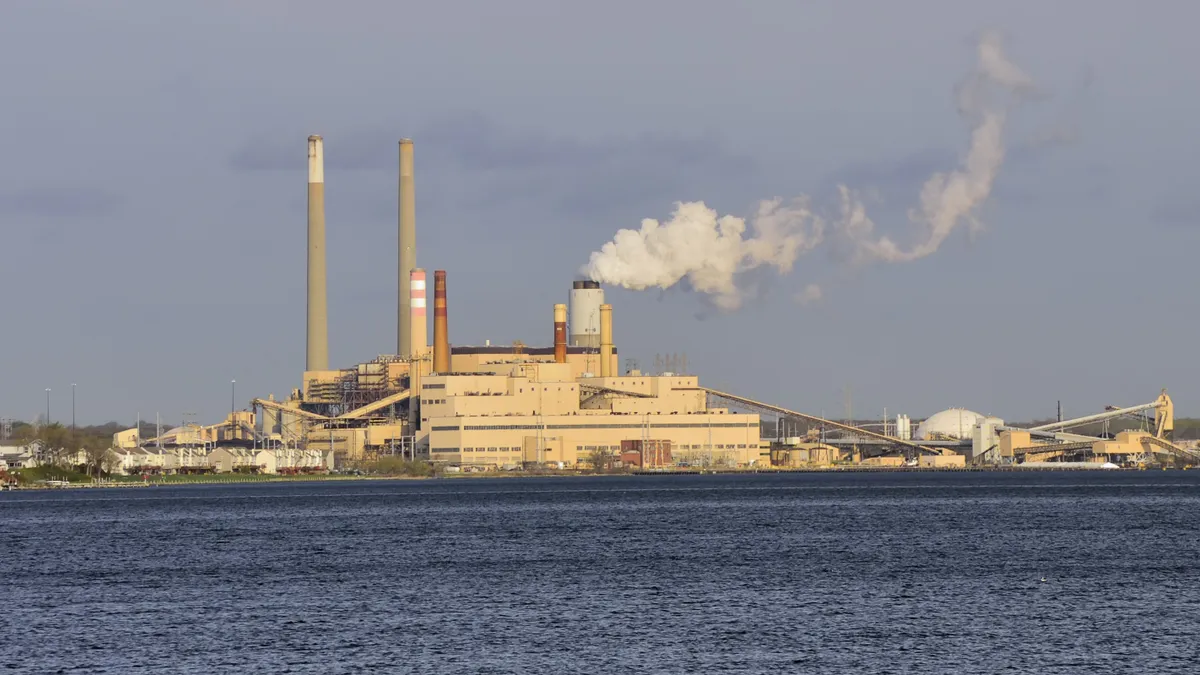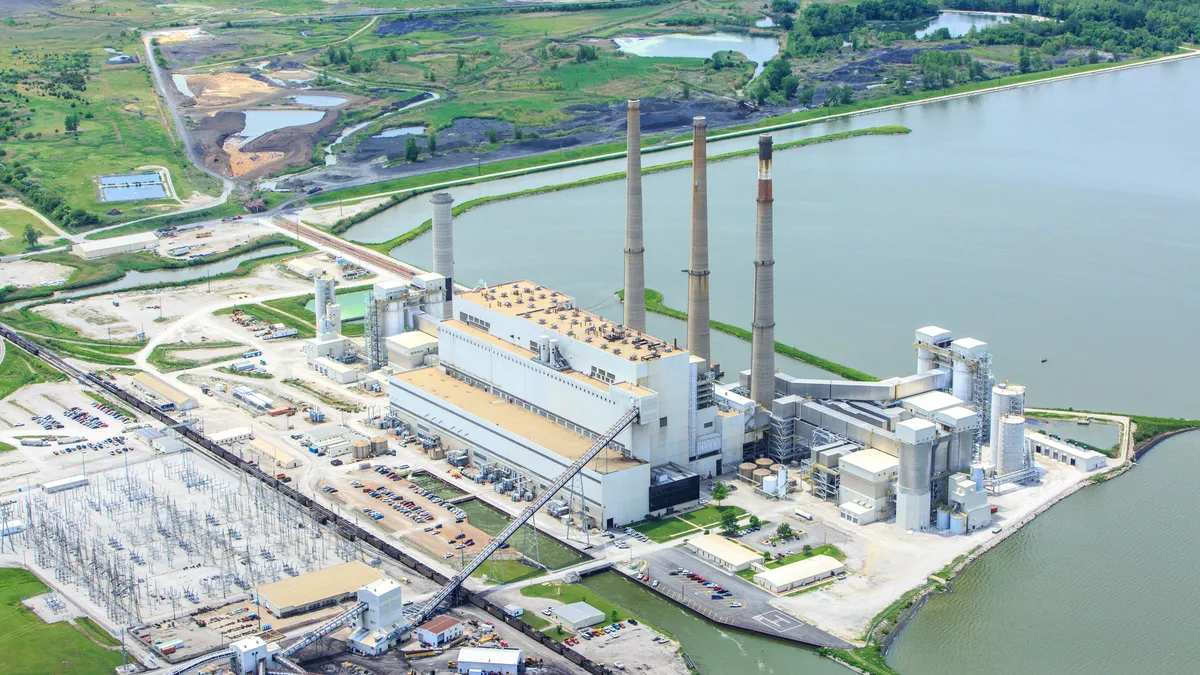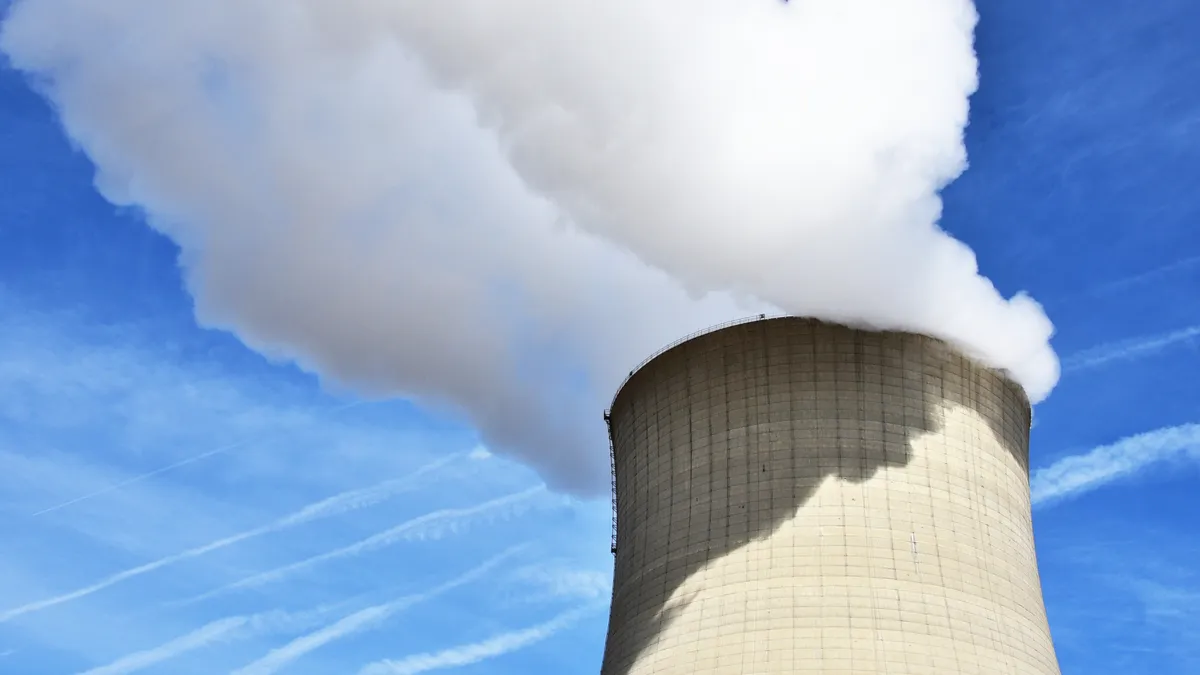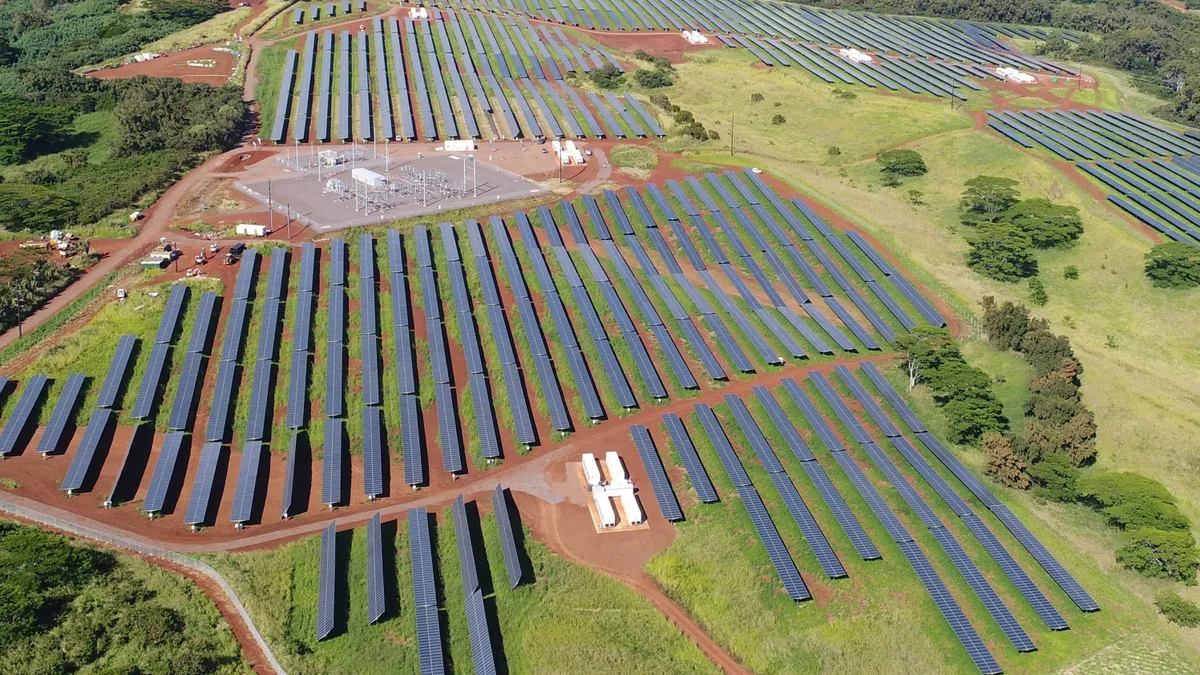Former FERC Chairman Pat Wood III is tired of all the talk in Washington about bailing out coal and nuclear plants.
"I just hate that everybody's wasting time worrying about this [stuff]," he said, "instead of worrying about real things that matter, like getting investor confidence back in this market, getting cybersecurity figured out, and making sure that we don't overspend billions modernizing the grid."
Wood, a Republican appointed to FERC by President George W. Bush in 2001, has been a vocal critic of the Trump administration's efforts to provide a lifeline to failing generators. Last year, he and a half-dozen other former FERC regulators took the unusual step of filing comments at the commission against the Department of Energy's ill-fated grid resilience proposal.
Since then, the Trump White House has leaked a unilateral bailout plan for at-risk plants using either the DOE's emergency powers or a Cold War-era law that would allow it to nationalize at-risk generators.
The specter of a coal bailout has cast a pall over Washington energy policy this year. Wood, who was in D.C. this week to speak at an energy markets conference, said the question is "distracting from the real issues of the day."
"Courts are good for handling things like that," he told the audience at the American Wind Energy Association's Future of Power Markets Summit, "and we move on."
Wood reiterated his belief that a coal or nuclear bailout would not stand up to legal scrutiny in an interview on the sidelines of the meeting.
"This is what it is. DOE is going to do what DOE is going to do, and then you go to court and solve it all out," he said. "I'm confident the outcomes will be good."
In recent weeks, bailout hand-wringing was compounded by anxiety over political influence at FERC after Chief of Staff Anthony Pugliese said the commission was working with DOE on the plan. Wood said such comments are concerning, but "I'm mindful that this too shall pass."
"I mean, there's an election coming now," he said. "There's another one in 2020."
Not ‘Trump-bashing'
Wood is not the most predictable opponent of Trump's energy policies.
After leaving FERC, Wood became chairman of the board at Dynegy, a major power generator that had more than a dozen coal plants across the country. In April, Dynegy was bought by rival Vistra, making the combined company the largest power generator in the U.S. with more than 40 GW of capacity.
Wood's role has given him an up-close look at the decline of coal generation across the U.S. Last year, low power prices in the Texas wholesale market pushed Vistra to announce it would close two coal plants there, and in the Midwest a number of coal generators it bought from Dynegy are threatened with closure as well.
"The people that work there are guys I know," Wood said of the closing plants, "and it ain't fun to look at that."
Wood said he understands the desire to save coal plants from retirement, saying it is "what always happens at the end of an era."
"I think if you look at canals going to railroads and the railroads going to automobiles … all those epochal sea changes do have people that get hurt, and a politician's job is to respond to that," he said. "So, I understand it. I don't like the solution. I think it's wrongheaded in the short term and in the long term, but I know it's not illegitimate from the beginning."
That "sea change" for the power sector today is the low price of natural gas brought on by the fracking revolution, which Wood called "the most significant energy development of my career."
"The dislocations that come out of something that significant are real," he said, noting that Dynegy went through bankruptcy proceedings in 2012 to install pollution controls on its coal power plants. The ones that survive are running on "very thin margins" compared to gas plants, he said.
Even so, Wood dismissed the central argument underpinning the Trump administration's bailout push — that generators like the ones Vistra is closing could be essential for national security.
"I'm fascinated by the thought that bureaucrats at either FERC or the DOE could identify with any sort of reasonable certainty what specific power plant is needed for national security," he said. "We have a product that moves at the speed of light, so it's just a question of how congested is the grid."
If the White House is set on keeping coal and nuclear plants online, it should do so through the legislative process, Wood said, and not unilaterally through executive action.
"I don't want to act like I'm just some senseless person that's Trump-bashing because I think he's responding to a legitimate need and get it," Wood said, "but there's a way we do that in this country and that's through the elected process."
Rather than pour money into those plants, the former FERC chairman said he would rather see the federal government invest in retraining for workers displaced by coal and nuclear plant closures.
"Those similar skill sets would be pretty damn good putting solar panels on the roof. I had guys doing that for me last year ... they all worked for utilities. They'd all been in this world," he said. "You don't just junk somebody because they've had a life working in a coal plant and they're no good. Let's just teach [them] some other stuff."
Market issues loom
The market dynamics and state policies driving coal and nuclear plants offline are also pushing FERC to reshape the wholesale power market rules in Eastern RTOs.
This summer, FERC invalidated the capacity market rules for the PJM Interconnection, the nation's largest wholesale power market and the site of many of the coal and nuclear plants targeted by the DOE's bailout push.
In their order, FERC regulators suggested the grid operator create a mechanism for resources covered by state policies — like renewables mandates or nuclear subsidies — to opt out of the capacity market altogether, along with a commensurate amount of electricity demand.
The concept, dubbed the Alternative Fixed Resource Requirement, is now being evaluated by PJM stakeholders as a potential solution to a years-long debate over how to handle state resource policies in the capacity market.
Wood typically champions the Texas model, which does not feature a capacity market, but said that FERC may have found a way to balance state needs with market operations in its order.
"I don't know that I have my mind totally made up on it yet, but I think it's a pretty thoughtful way to respond," Wood said.
Some generators, notably the CEO of Calpine Corp., have voiced concerns that allowing too many subsidized resources to opt out could lead to a "purely residual" capacity market in PJM, while most capacity would be held through bilateral contracts.
Wood said that may not be such a bad outcome for plant owners.
"[Calpine's] got a right to play in that bilateral market too," said Wood. "In a tight market, that can be a pretty great place to do business. You won't make a killing, but you'll make a decent amount."
For all their challenges, Wood urged the audience to preserve and expand competitive electricity markets. While not perfect, they have not produced the "economic carnage" of generation investments like Southern Co.'s Vogtle nuclear plant and Kemper gasification project, he said.
As for FERC, the former chairman expressed confidence that the agency would come through its tests of political influence. As challenging as the Trump administration is, Wood said it doesn't compare to the fallout of the California energy crisis, which dominated his tenure.
"Every chairman since me has had it easy," he said, "including the current one."


